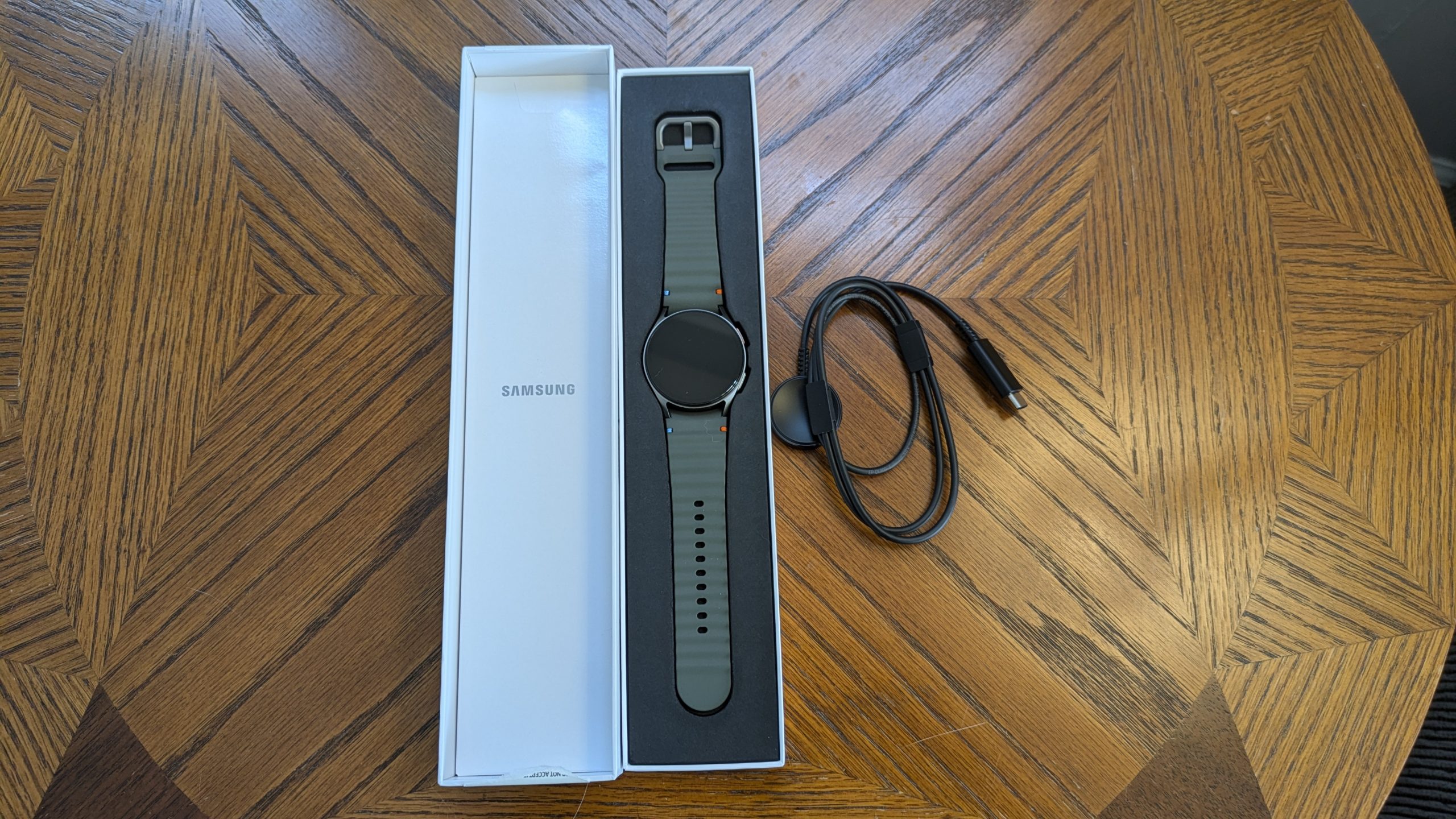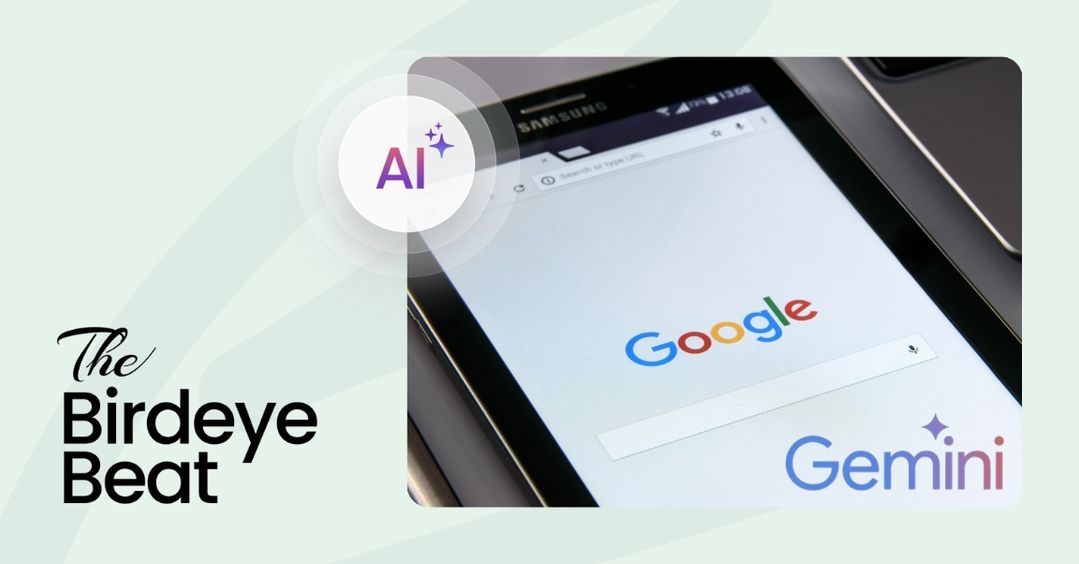Samsung Health to Drop Well-Liked Fitness Initiatives During Significant Overhaul
Samsung Health is discontinuing outdated workout programs starting this month. Samsung Health is eliminating a significant number of its older, downloadable fitness programs as it prepares to launch a revamped app. Any workout content uploaded prior to December 31, 2022, will be removed in a significant data purge. Your real-time streaming workouts are secure and will still be available.
Samsung Health is set to lose a portion of its integrated wellness content services. Several longstanding fitness programs are being withdrawn as Samsung gears up to introduce a new app version. As initially reported by SamMobile, the tech giant plans to release a new update this December that not only brings additional features but also removes some current ones. The company has begun informing Samsung Health users that specific content within the Fitness tab is slated for removal.
The company hasn’t provided a detailed explanation, but this action coincides with Samsung’s gradual shift towards more streamlined Health integrations across Galaxy phones and Galaxy Watches, along with forthcoming AI-powered features.
Consequently, much of the content being removed consists of older material and downloadable files. User notifications indicate that the new Samsung Health app, arriving this month, will cease offering “programs available through downloads” in the Fitness Program section. Additionally, any programs uploaded before December 31, 2022, will be eliminated from the service. This indicates a significant cleanup, as Samsung clears out outdated data to create room for new, likely cloud-driven features.
There’s no need to worry about losing all your preferred routines. The notice clarifies that content available for real-time streaming will remain intact. If you utilize the newer streaming classes from Samsung’s partners, those will still be available.
Why this is happening now
This update is occurring in conjunction with the release of One UI 8.5, Samsung’s latest software version. While some older fitness programs will disappear, you will receive new and more sophisticated tools in their place. Recent leaks suggest the new Samsung Health version will include enhanced features, such as improved weekly summaries as part of One UI 8.5 that provide better insights into your health trends rather than just presenting raw data.
If you are still utilizing an older version of the app, you may face errors when attempting to access these discontinued programs after the server-side switch occurs. The update is set for a December rollout, which means time is running out.
Read More








